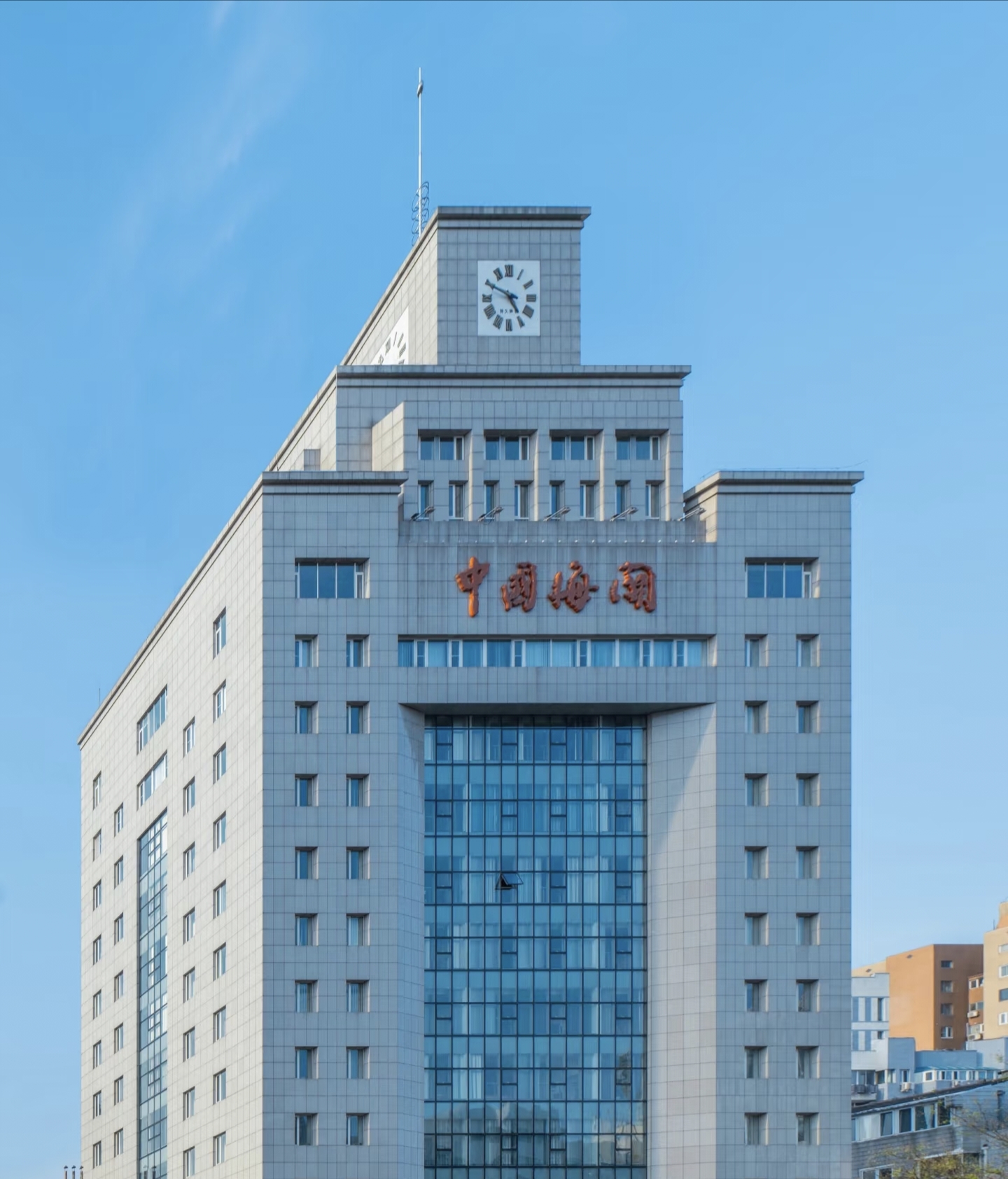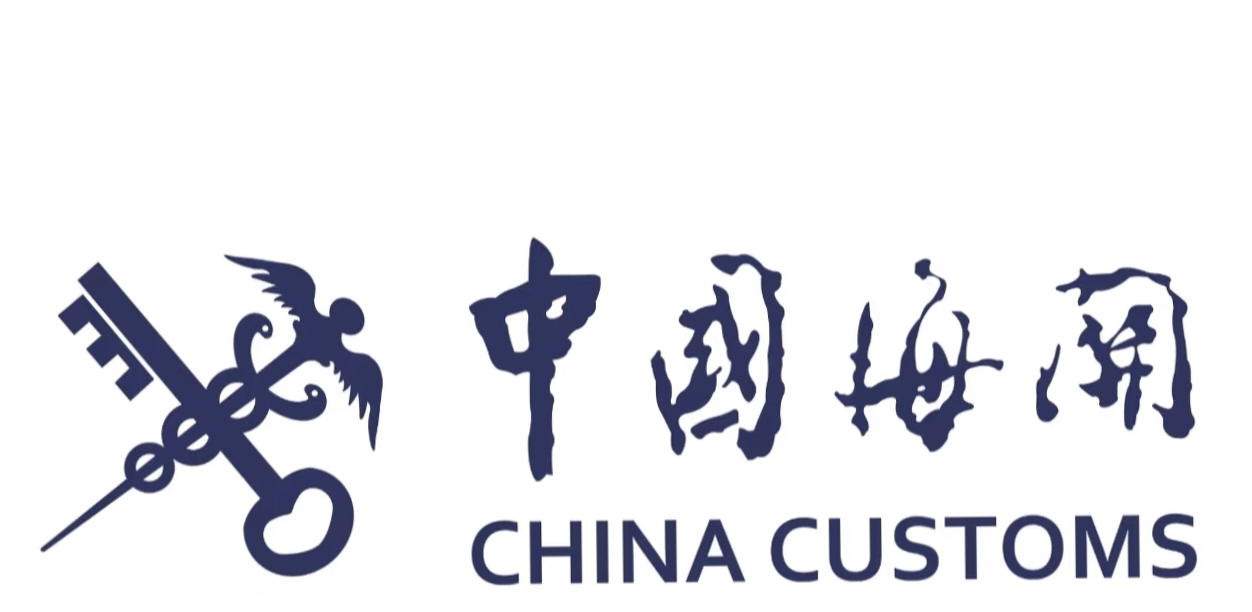1. Definition Customs pre-classification refers to the process where importers or exporters (or their agents) submit an application to the customs authorities before the actual import or export of goods. Based on the actual situation of the goods and in accordance with the “People’s Republic of China Customs Tariff” and relevant regulations, the customs authorities make a preliminary classification determination for the import and export goods.
2. Purpose
Risk Reduction: By obtaining customs pre-classification, companies can gain advance knowledge of the classification of their goods, thus avoiding penalties and trade disputes caused by incorrect classification.
Efficiency Improvement: Pre-classification can expedite the customs clearance process, reducing the time goods spend in ports and enhancing business operations.
Compliance: It ensures that a company’s import and export activities comply with customs regulations, strengthening the company’s compliance.
3. Application Process
Prepare Materials: Companies need to prepare detailed information about the goods, including name, specifications, purpose, composition, manufacturing process, as well as relevant commercial documents like contracts, invoices, and packing lists.
Submit Application: Submit the prepared materials to the customs authorities. Applications can be submitted through the customs online service platform or directly at the customs window.
Customs Review: After receiving the application, the customs authorities will review the submitted materials and may request samples for inspection if necessary.
Issue Certificate: Upon approval, the customs authorities will issue a “People’s Republic of China Customs Pre-classification Decision for Import and Export Goods,” specifying the classification code for the goods.
4. Points to Note
Accuracy: The information provided about the goods must be accurate and complete to ensure the accuracy of the pre-classification.
Timeliness: Companies should submit pre-classification applications well in advance of the actual import or export to avoid delays in customs clearance.
Changes: If there are changes in the actual situation of the goods, companies should promptly apply to the customs authorities for a change in the pre-classification decision.
5.Case Example
A company was importing a batch of electronic products, and due to the complexity of the goods’ classification, it was concerned that incorrect classification might affect customs clearance. Therefore, the company submitted a pre-classification application to the customs authorities before the import, providing detailed information about the goods and samples. After reviewing, the customs authorities issued a pre-classification decision, specifying the classification code for the goods. When importing the goods, the company declared them according to the code specified in the pre-classification decision and successfully completed the customs clearance process.
Post time: Jul-05-2025






